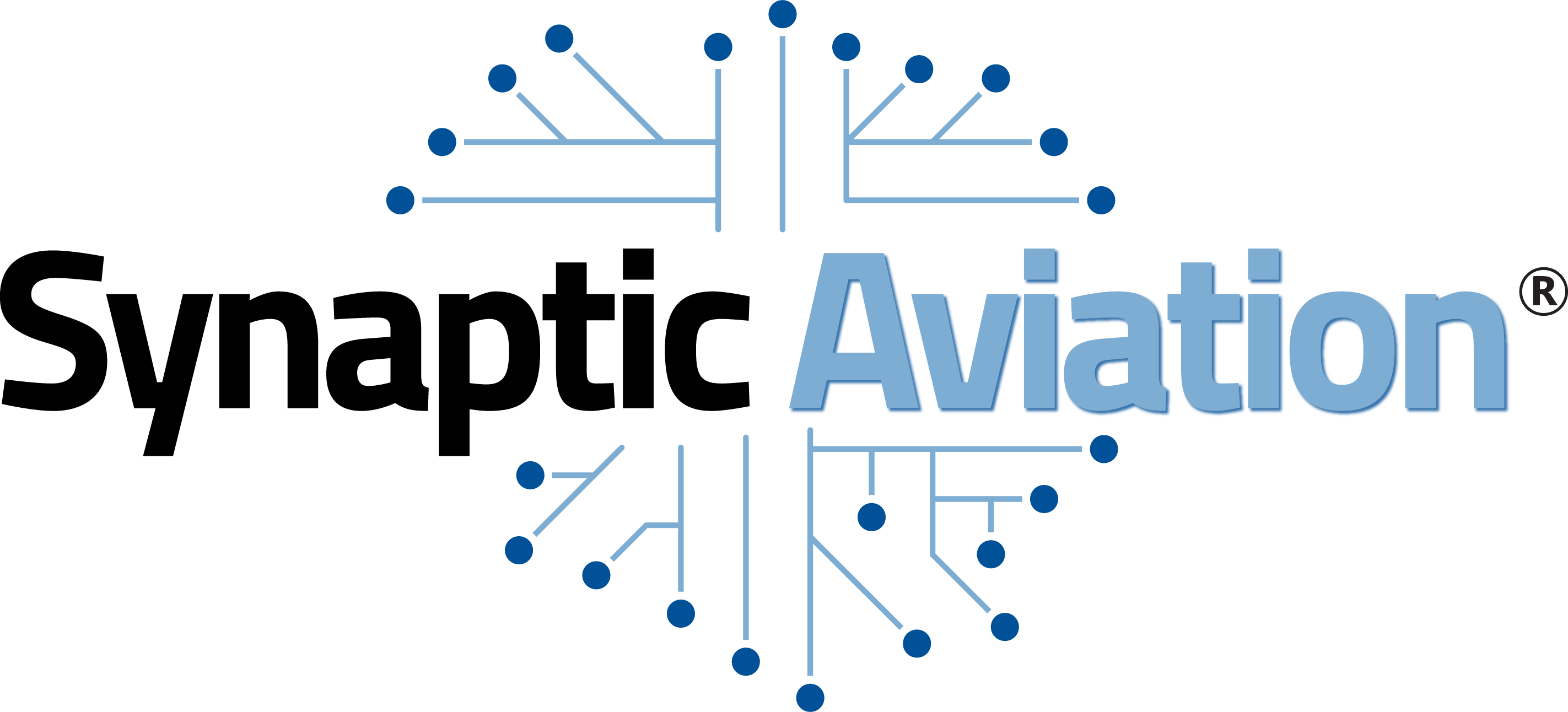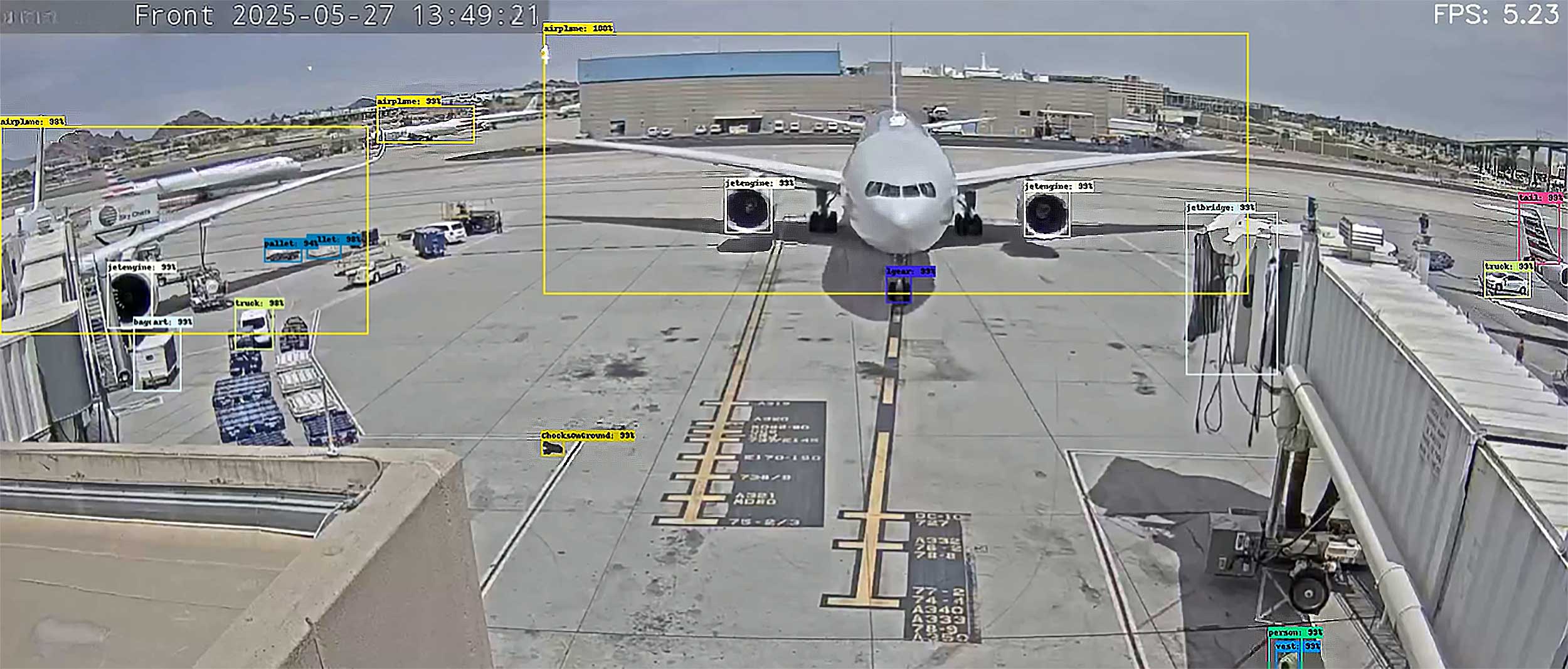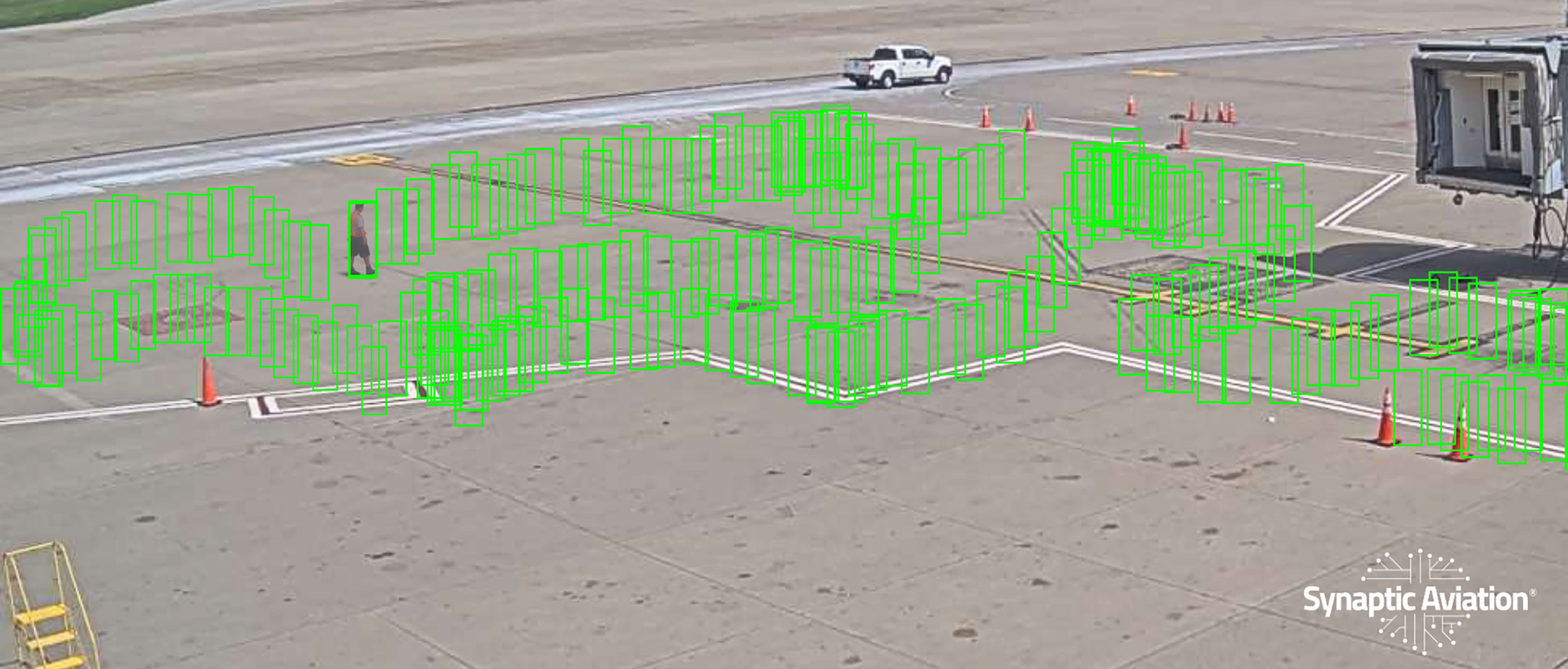In aviation, minutes matter, especially block time variance, the gap between when pilots signal “block off” or “block on” and when those events precisely occur. A two or three-minute difference may seem minor, but across hundreds of turnarounds and dozens of gates, these gaps compound into operational bottlenecks, idle aircraft, and cascading delays.
Extra minutes at the gate tie up staff, delay departures, and force APUs to run longer, driving fuel costs, emissions, and inefficiencies. Even small variances can add hours of lost efficiency each day, showing why accurate block time tracking is essential for smooth airport operations.
Why Block Time Variance Matters
Block time variance affects operations and costs:
- Gate utilization: Late block-outs extend gate occupancy, tightening turnaround windows and increasing delay risks.
- Departure predictability: Inconsistent timings make staff allocation, ramp operations, and flight sequencing harder.
- Fuel and emissions: Premature disconnection of ground power (GPU/PCA) forces APUs to run unnecessarily.
Even minor discrepancies can disrupt reliability, sustainability, and passenger experience.
Insights from Real-Time AI
Synaptic Aviation uses computer vision and AI to track exact block-in and block-out events. In one study across 26,646 flights:
- 41% of flights had a block time variance greater than 1 minute.
- Actual Block In occurred 30 seconds before the airline-reported time on average.
- Actual Block Out occurred 2 minutes after the airline-reported time on average, leaving aircraft at the gate for a cumulative 473 extra hours.
Individually, these delays seem minor, but across a busy hub they create dozens of extra gate hours, wasted fuel, and disrupted schedules.
How AI Turns Insights into Action
Synaptic Aviation’s AI aligns staff, equipment, and ramp operations in real time, cutting unnecessary APU runtime, smoothing passenger flow, and enabling reliable departure sequencing. Even small improvements at a single gate yield measurable fuel savings and lower emissions, and across a global network, the impact scales to millions in annual savings.
With Synaptic, block time variance isn’t just data; it’s a strategic advantage that drives smarter, leaner, and more sustainable operations.
Discover how AI-insights could improve operations and save costs at info@synapticaviation.com. Let’s talk →





